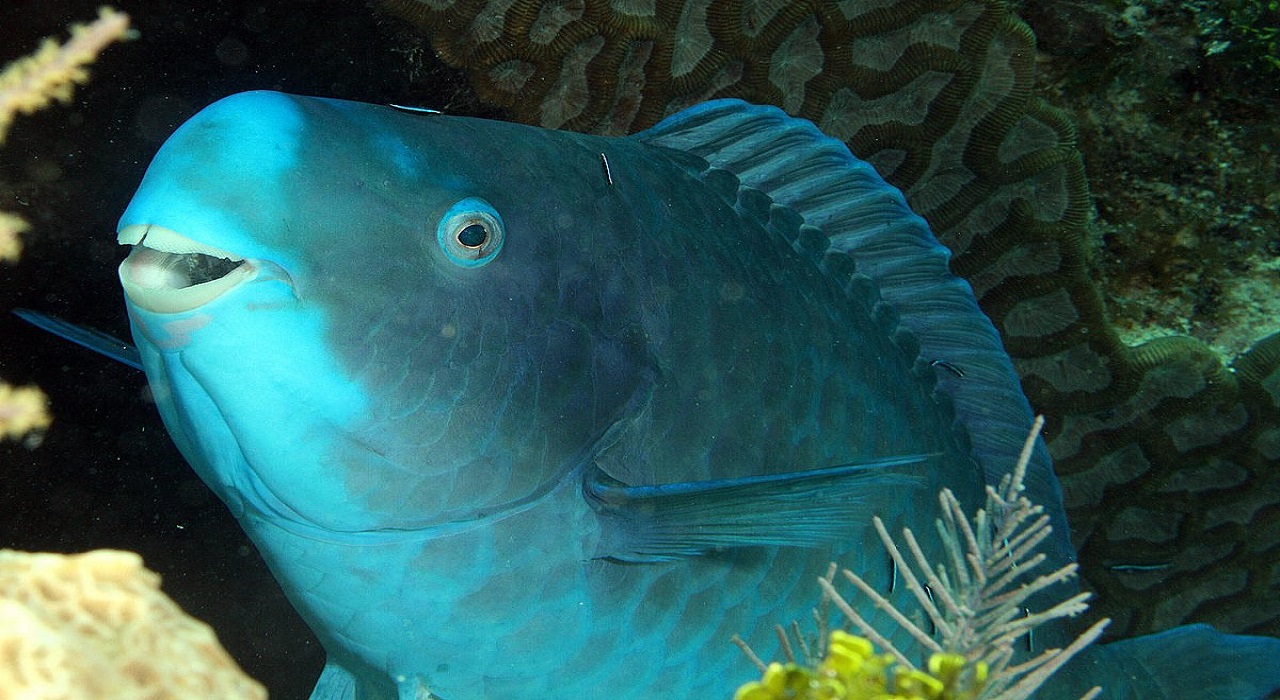Introduction:
The blue parrot fish is a stunningly attractive animal recognized for its vibrant blue coloring and distinctive beak-like mouth. These appealing animals can be found in many different reef systems throughout the globe. Where they are essential to preserving the balance and health of these fragile marine environments. The natural habitat and geographic range of the blue parrotfish will be examined in this article.
Location and Habitat:
Specifically in the shores of the Atlantic and the Caribbean Ocean, blue parrotfish are most frequently seen in tropical and subtropical environments. From Brazil in the southeastern portion to Island in the opposite direction. They live on the barrier reefs of the Western Hemisphere. These colorful fish are also frequently seen in the seas in the islands of the Bahamas, the Caribbean nation, Jamaica, and the Cayman Islands.
Feeding and behavior:
Herbivorous blue parrot fish are important members of reef systems. They utilize their powerful, beak-like jaws for removing algae and polyps from the tops of stones and coral. They unintentionally help to remove dying coral as a result, which helps to stop algae blooms from suffocating living marine.
Due to their nocturnal hiding places in coral heads and cavities, these fish are seasonal. Which means they are most active during the day. They help create sandy beaches and coastal areas by dissolving coral skeletons and excreting fine white sand when they consume algae.
Conclusion:
With its eye-catching blue hue and distinctive beak-like mouth. The blue parrotfish is an alluring species that may be found in tropical seas in the Caribbean Sea and the Atlantic Ocean. Due to the important function that these herbivorous fish play in preserving the delicate balance of these marine ecosystems. Their presence in coral reefs is not only aesthetically beautiful but also ecologically significant. Understanding their habitat and geographic range helps us to recognize the value of protecting these amazing species and their vulnerable coral reef habitats.
